I’m working on an analysis using Vector autoregression (VAR) model. I’m working with data that has the date format in yyyy-mm-dd hh:mm:ss. But the examples I find online are mostly YYYY-MM format.
Example:
y1<- ts(y$y1, start= c(2020, 5), frequency = 12)
Additionally, the data I’m trying to use is from twitter and the information is not consistent in the timeframe. Also, I did check to make sure I have no duplicated rows.
How would I perform a VAR analysis on the data in the following format?
